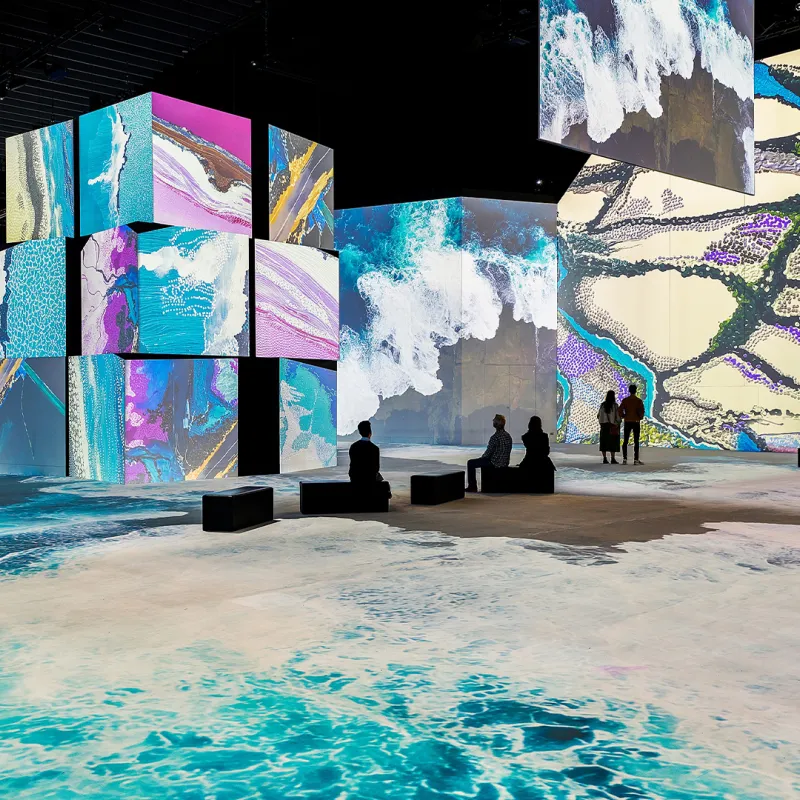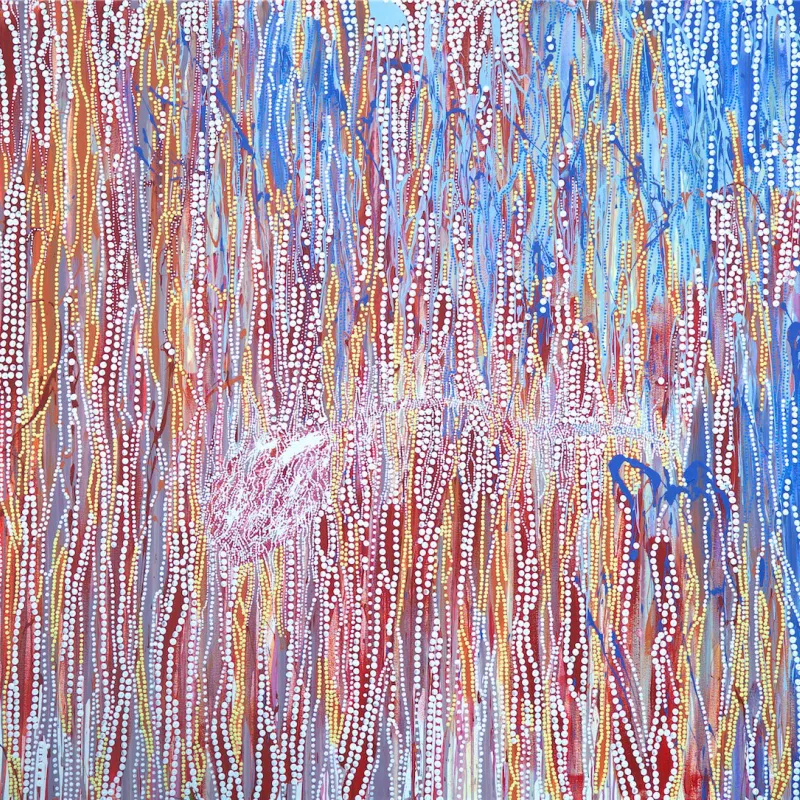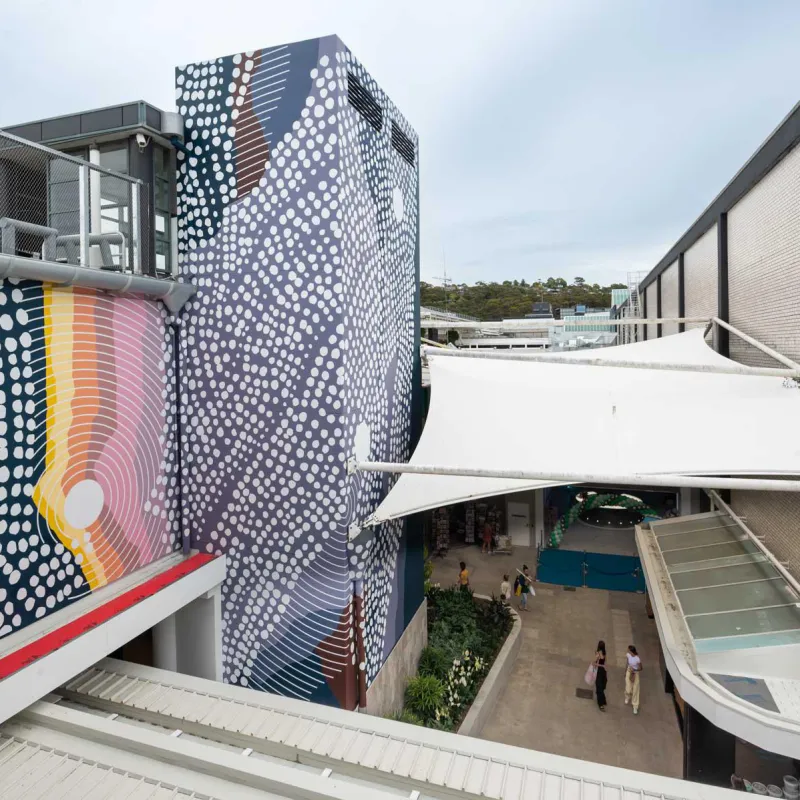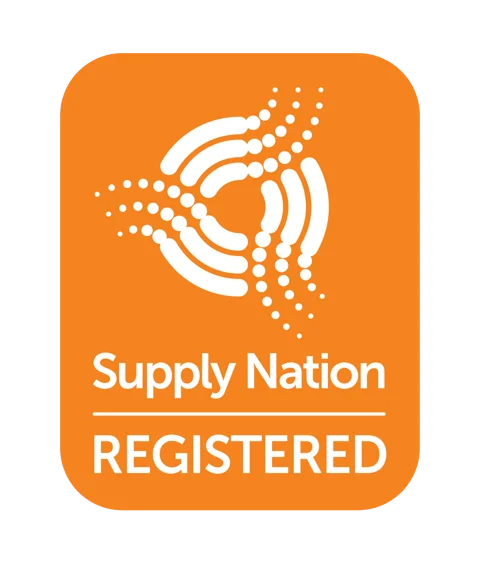
Colour Correction (Murwillumbah, 2019)
When you fix a mistake, you make a correction, a change that rights a wrong. When you correct a misspelled word, you've made a correction. Well done! Correction also applies to punishment, which is another way to right a wrong. A correction is an improvement or a revision when there's something that needs to be fixed.
Konstantina known for powerful use of colour has put together a series of work that annotates today’s political and socio-political environment from her perspective as an Aboriginal woman, mother and activist.
Each work plays on a double entendre based on typically European interpretations of words, though uses colour to counter that European meaning.
Works vary in size, but are all adorned in Konstantina’s trademark explosive and festive colour pallets and are all backed on black linen; another of Konstantina’s signatures.
This work is personal, and meaningful whilst boasting a playfulness that takes the sting out of the messages Konstantina delivers the viewer.

As Baiame made it, as it was meant to be made. Colour in harmony and harmony in colour and that is all.
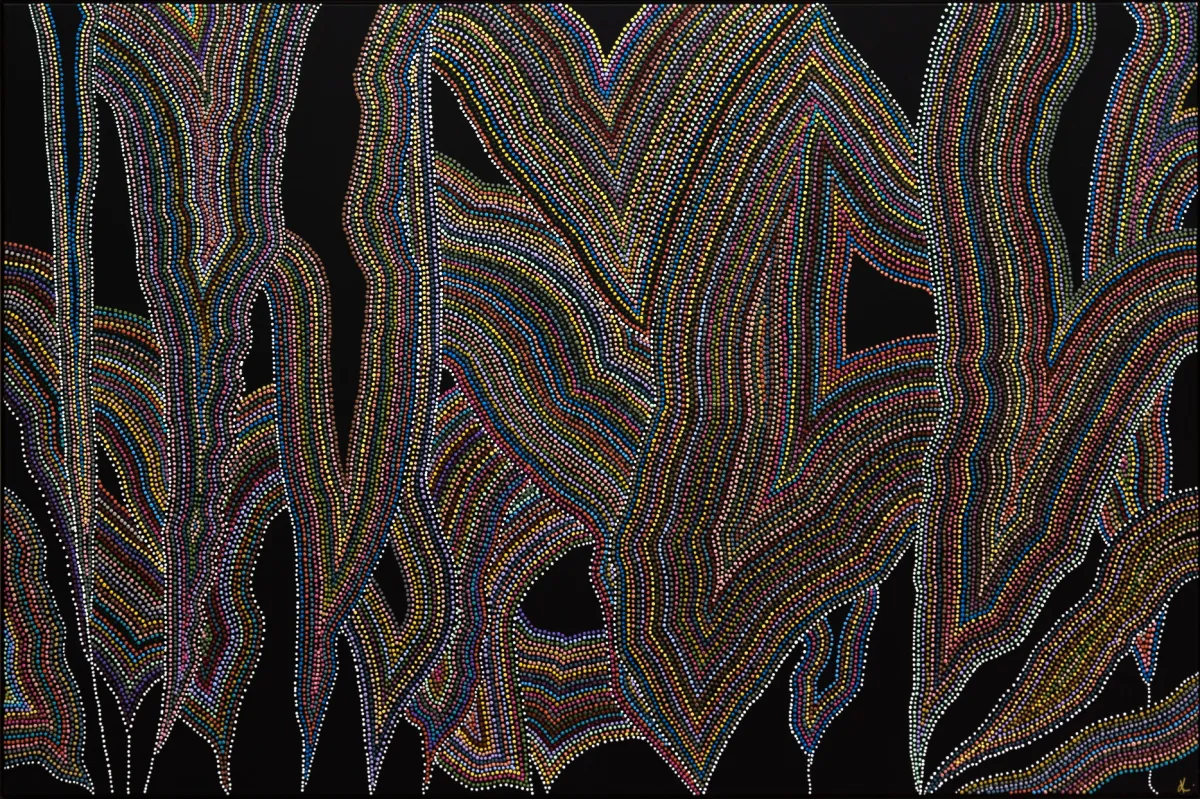
Noun
1. A large crowd of people, especially one that is disorderly and intent on causing trouble or violence. 2. The mafia or similar criminal organisation.
Verb
Crowd around (someone) or into (a place) in an unruly way.
Original owners
Family
Every line on this piece is as individual as the mob or Language group it represents.
This work has referenced the much revered AIATSIS mob map for accuracy. Any errors are mine (the artists) alone.
This is the grounding piece for the series Colour Correction
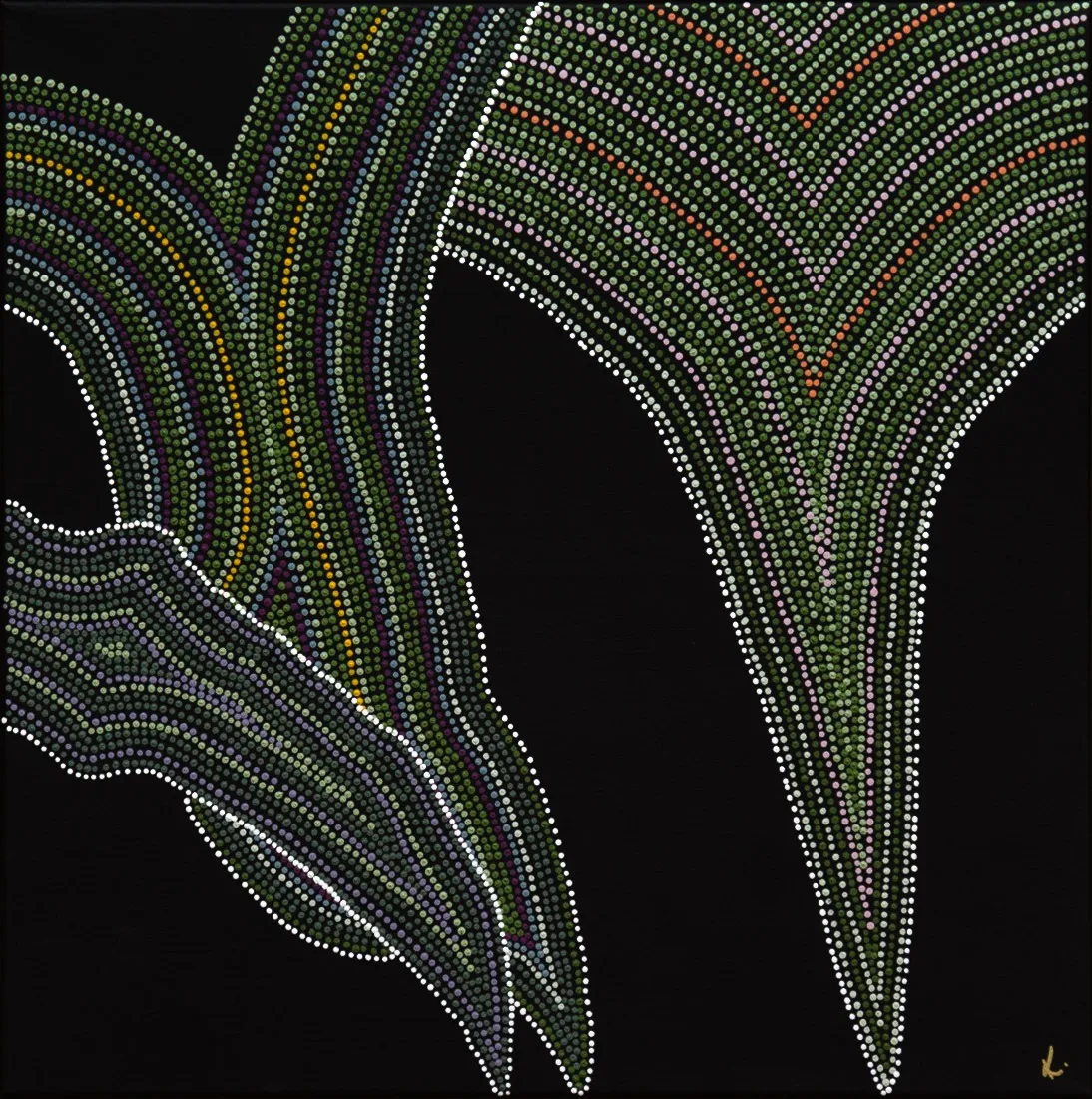
It is sometimes stated that the 1967 Referendum overturned a ‘Flora and Fauna Act’. This supposed act classed Aboriginal people alongside native Australian flora and fauna.
While no such act ever existed, the New South Wales National Parks and Wildlife Act 1974 encouraged this belief. This Act gave the NSW government control over Aboriginal heritage and landscape.
In addition, some states did manage Aboriginal affairs through departments that also looked after flora and fauna.
At the time there was a better understanding of the number of sheep and cattle in Australia than the Aboriginal population.
*partial excerpt http://museum.wa.gov.au/referendum-1967
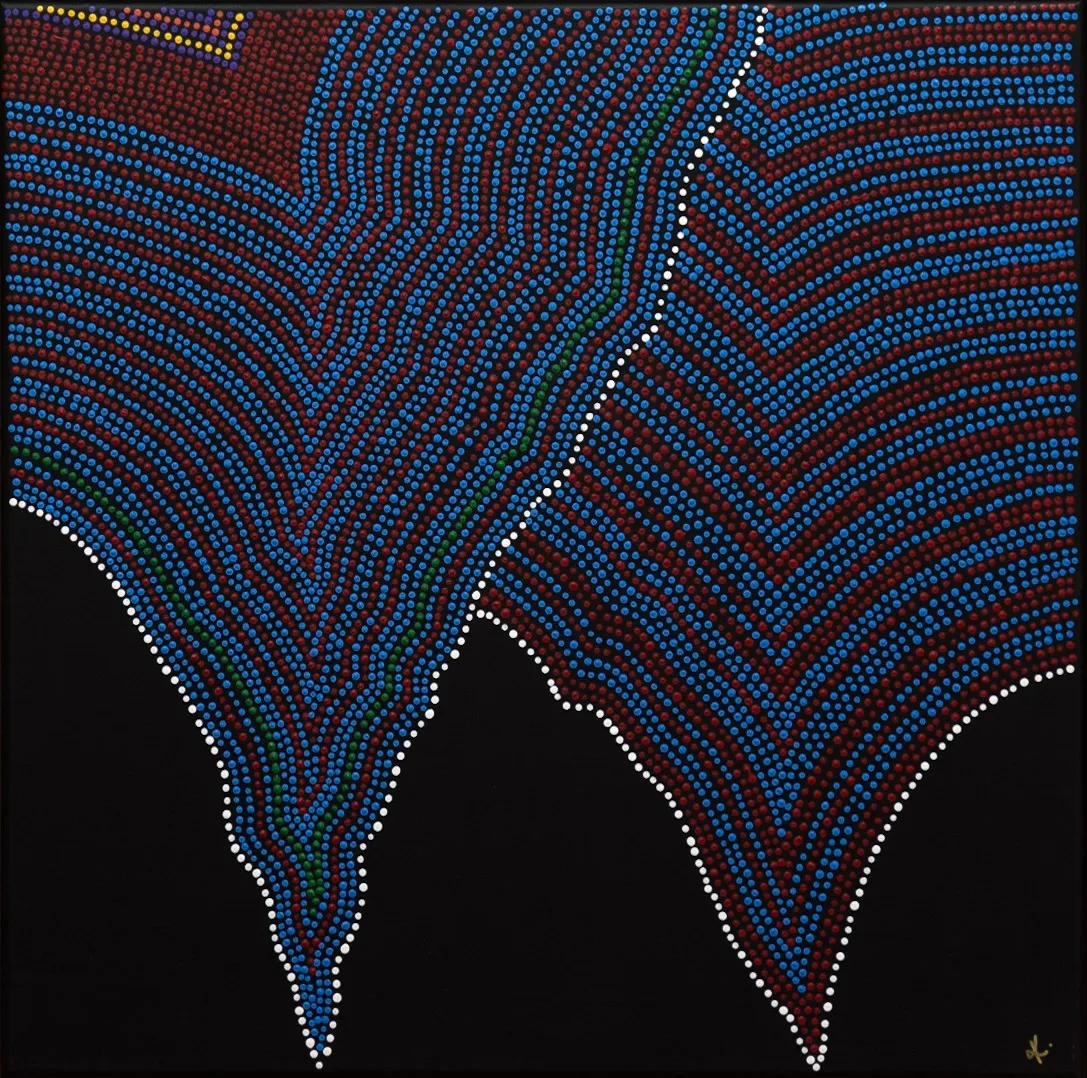
Australia's 2019 Federal election results depicted in colour.
Politically dangerous.

Australia’s history has an increasingly forgotten past of cultural genocide that was exacerbated by the volume of Original Nations people moved into camps called Missions. These missions were run by white, religion based colonisers to breed out the black, the language and the culture of our people. These missions still existed into the 1960’s and were a root cause of The Stolen Generation and institutional multi-generational trauma up until very recently.
It is well documented in many books and even in the Missions own newsletter publications titled “Our Aim” (readily available online to read and wonder) that children were treated as ‘attractions’ to busloads of white God- fearing and church going parishioners who were encouraged to bring along sweets such as boiled lollies and lollipops ‘spoil the native children’.
But as we all know, it wasn’t all Sunshine and Lollipops in those places
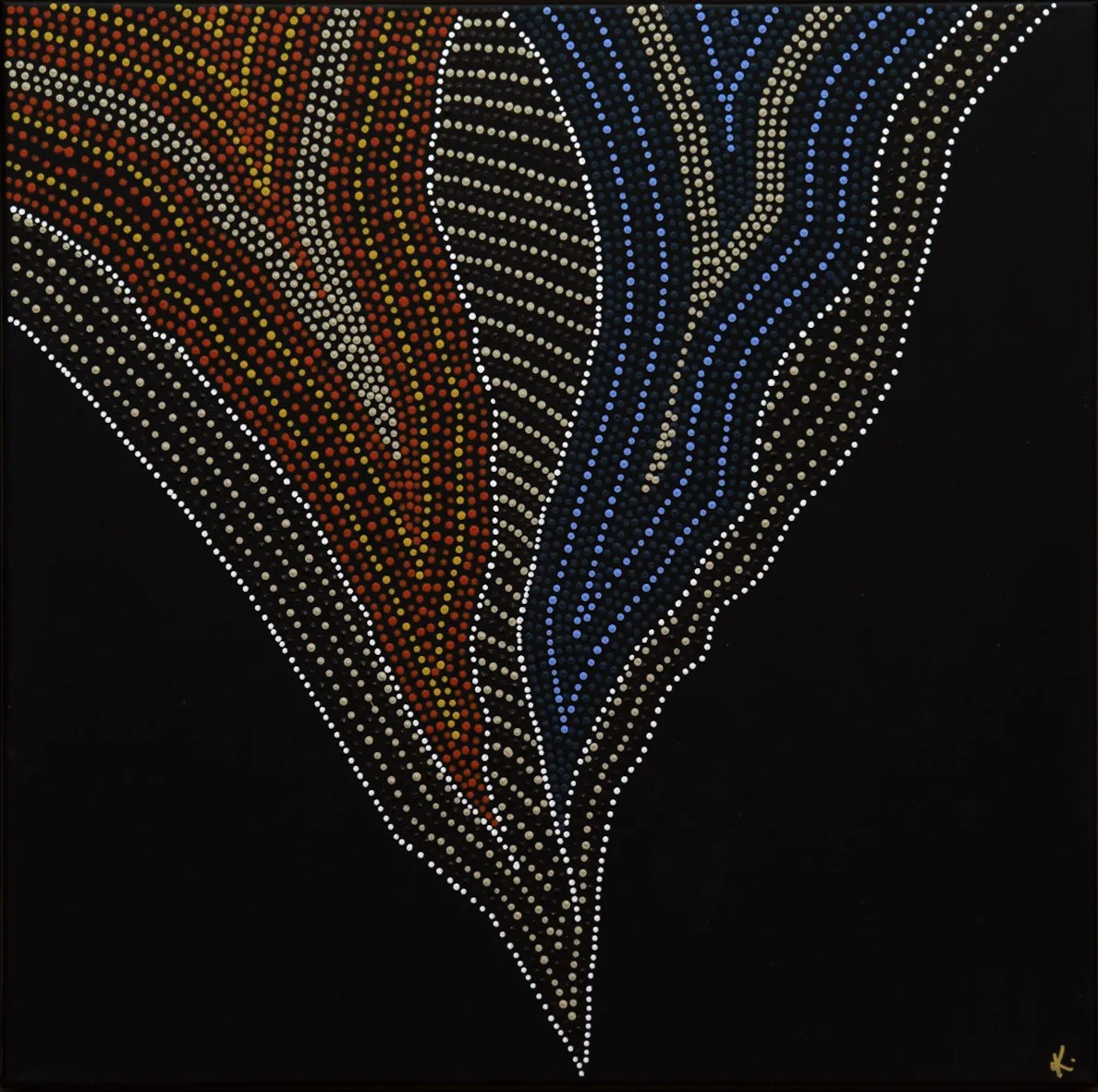
Day / Night
Beginning / End
Birth / Death
Creation is made of opposites...black and white.
For all of us, life is measured in Time.
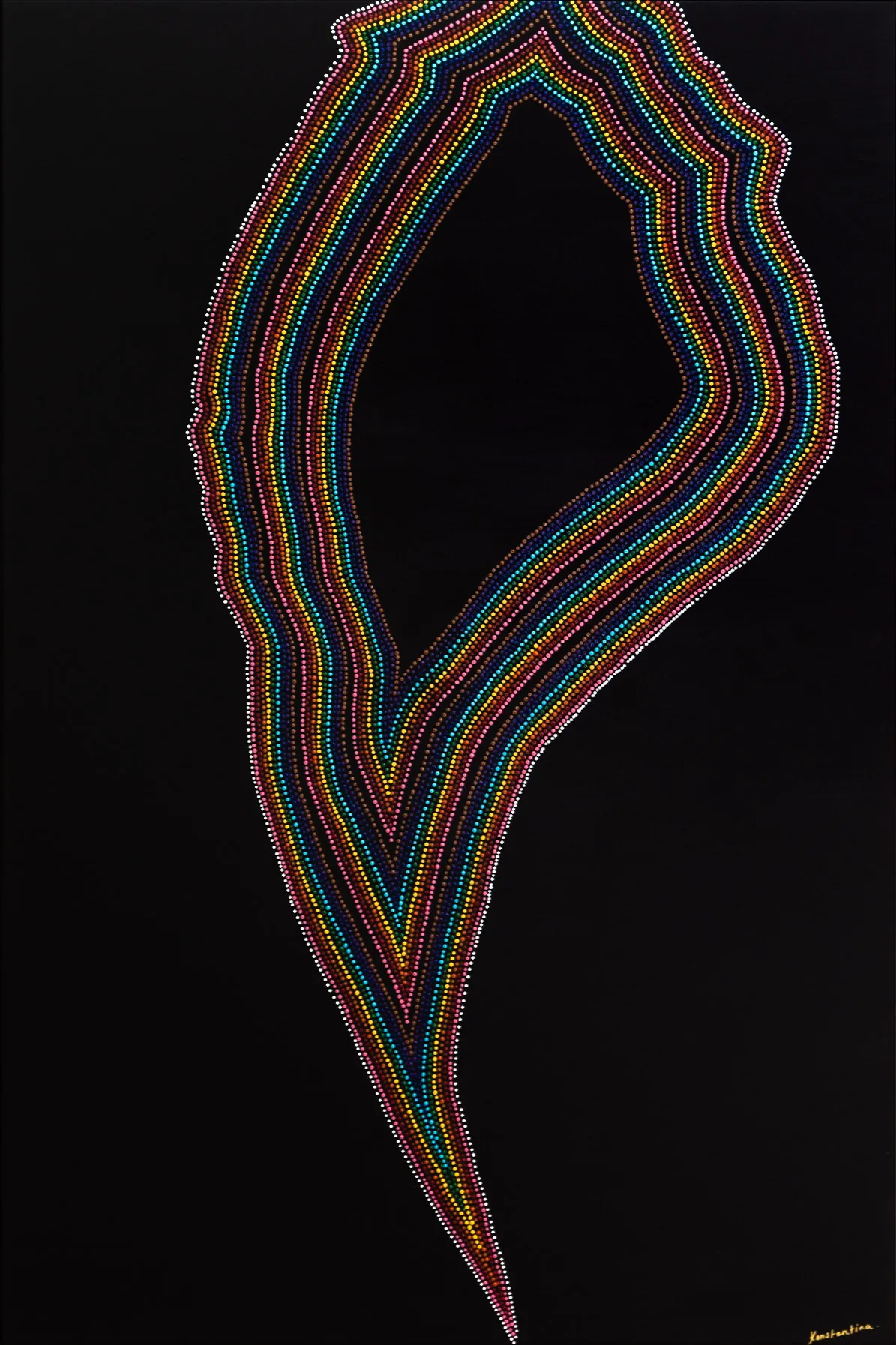
Some argue that our culture would have oppressed such (homosexual or LGBTI) behaviour. This raises some interesting questions, as well as some colonial mythologies. Which traditional Aboriginal culture is being referred to here? When white people colonised Australia, there were hundreds of Aboriginal cultures. To know the mores and values of every single Aboriginal culture would be a major feat of anthropological prowess.
The idea of ‘traditions’ is also dangerous because it glues us to the past, rendering us immovable and static. It also sets up a system of haves and have-nots – those who have maintained their ‘traditional’ culture, and those who have lost it. All cultures change, and Aboriginal people would not have survived for so long had they not been adaptive and dynamic.
*Excerpt from Archer magazine originally published in June 2014.Steven Lindsay Ross is a proud Wamba Wamba man from Deniliquin, New South Wales. Steven has worked in water management, Indigenous rights, crime prevention and the arts, and has attended two United Nations meetings on Indigenous issues and is proudly gay.

A representation of the Aboriginal suicides by gender and age. Pale pink 12 yrs or under, mid pink 13-18yrs, dark pink 18-25 yr. Blue - over 25yrs.
*statistics taken from Guardian AU May19 updated 25 July
Its hard to look at something pretty and think of something so ugly.
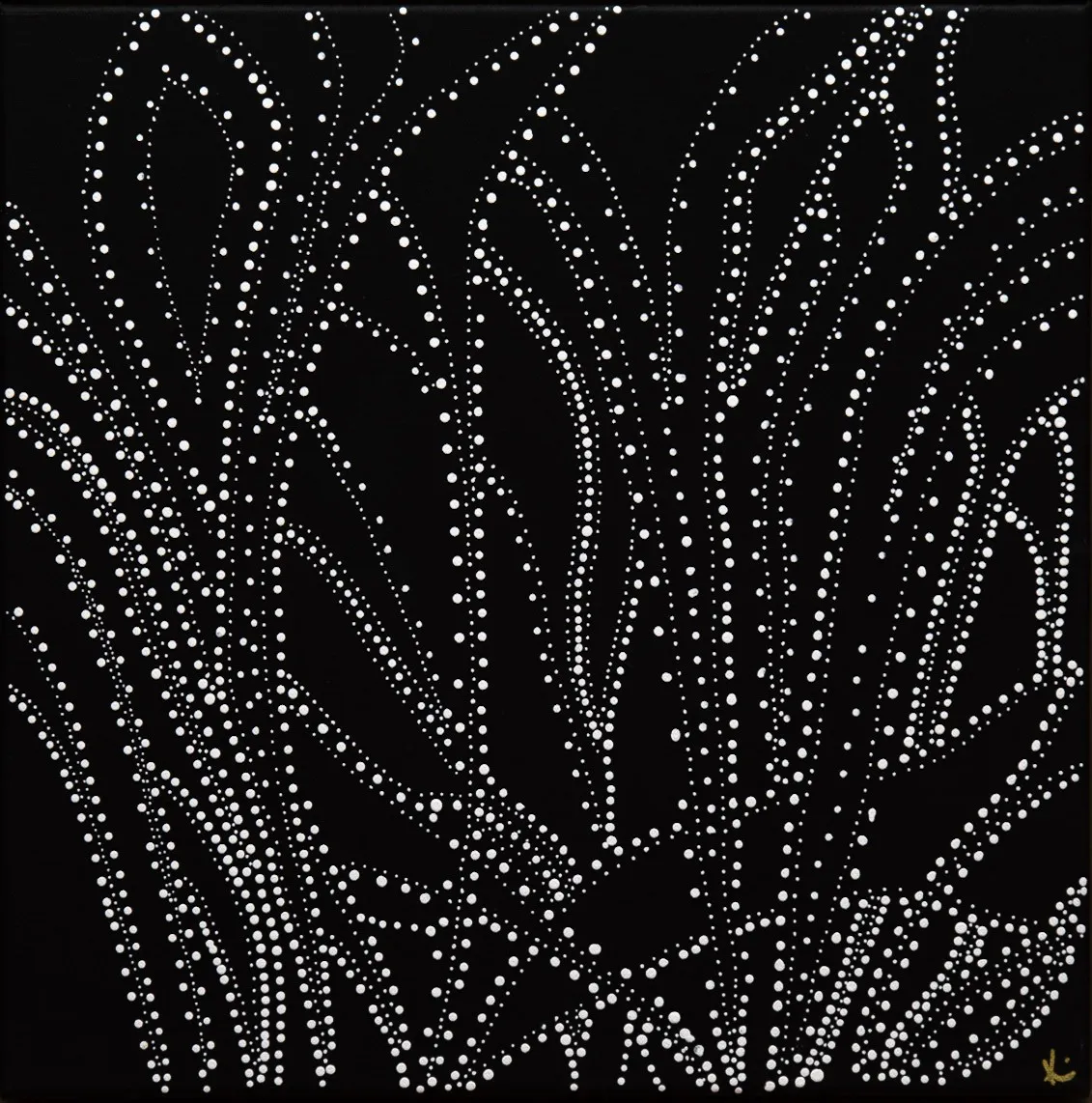
24 is the new 27, well it would be, if they were white?
24 is the number of children incarcerated in the Northern Territory today.
24 is the number of children incarcerated who are aboriginal.
11 is the number of them in Don Dale which was recommended for closure 3 years ago via a Royal Commission.
16 is the number that are on remand, and 8 is the number of those who are actually sentenced to be there!
22 are boys.
2 are girls.
24 is the number of a system that is clearly broken.
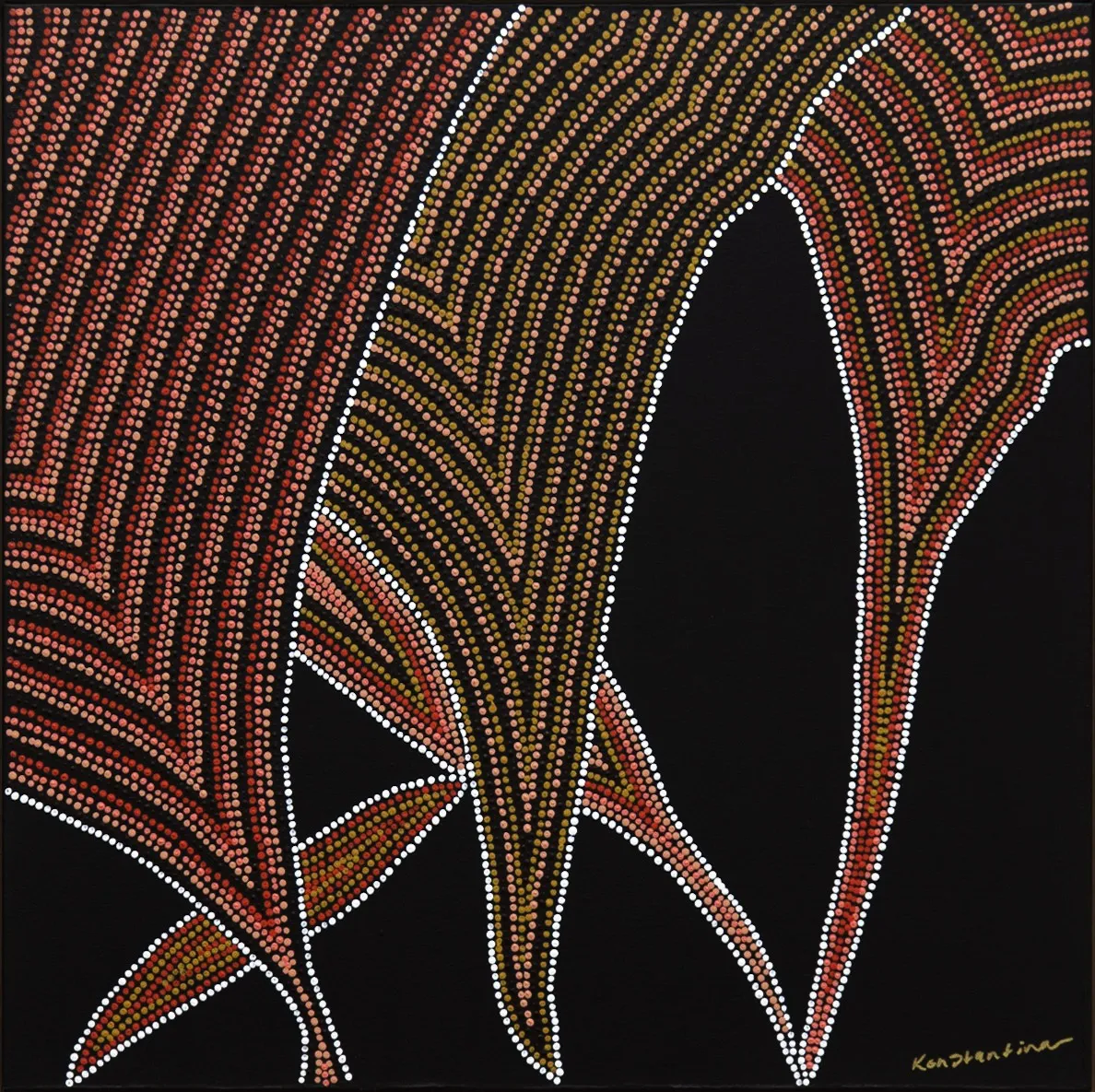
Skin-on-Skin is a well-known practise for first contact between Western babies & their mother’s at birth; here I’ve exacerbated the colours of the most iconic skin tones around the world and has used them to tell a different story altogether, one of harmony when skin colours are united in hope.
